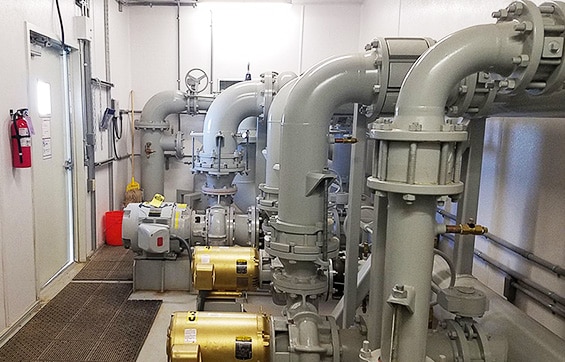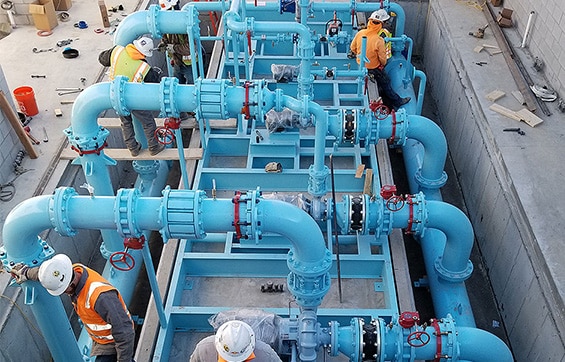Everything in a custom built-in-place pump station is fully customizable for those with special circumstances or requirements. Remember that this method can present more issues with work quality if your contractors are working outside their level of expertise. The process from the beginning of construction to fully operational is also the longest of these three approaches.
This solution is:
- The most customizable.
- The most time-intensive to construct.
- The most expensive.
Selecting the Right Construction Method
The primary driver for selecting a pump station construction method is choosing one that meets your needs, budget, and schedule. While customization has vastly improved in pre-packaged stations, addressing certain requests using a built-in place solution is still easier. Project budgets and schedules vary significantly depending on the chosen method and underscore the importance of choosing the right way to construct your new pump station.
The method of construction also has a significant impact on the schedule and the finished product. Listening to your owner’s staff requirements is a great place to start to help determine what direction to go in construction.
Since selecting the right pump station method depends on various factors, it’s important to walk through the different considerations regarding customization, budget, and schedule to find a construction method that fits your needs. If you need a pump station evaluation or have questions about pump station construction, please get in touch with me anytime.






